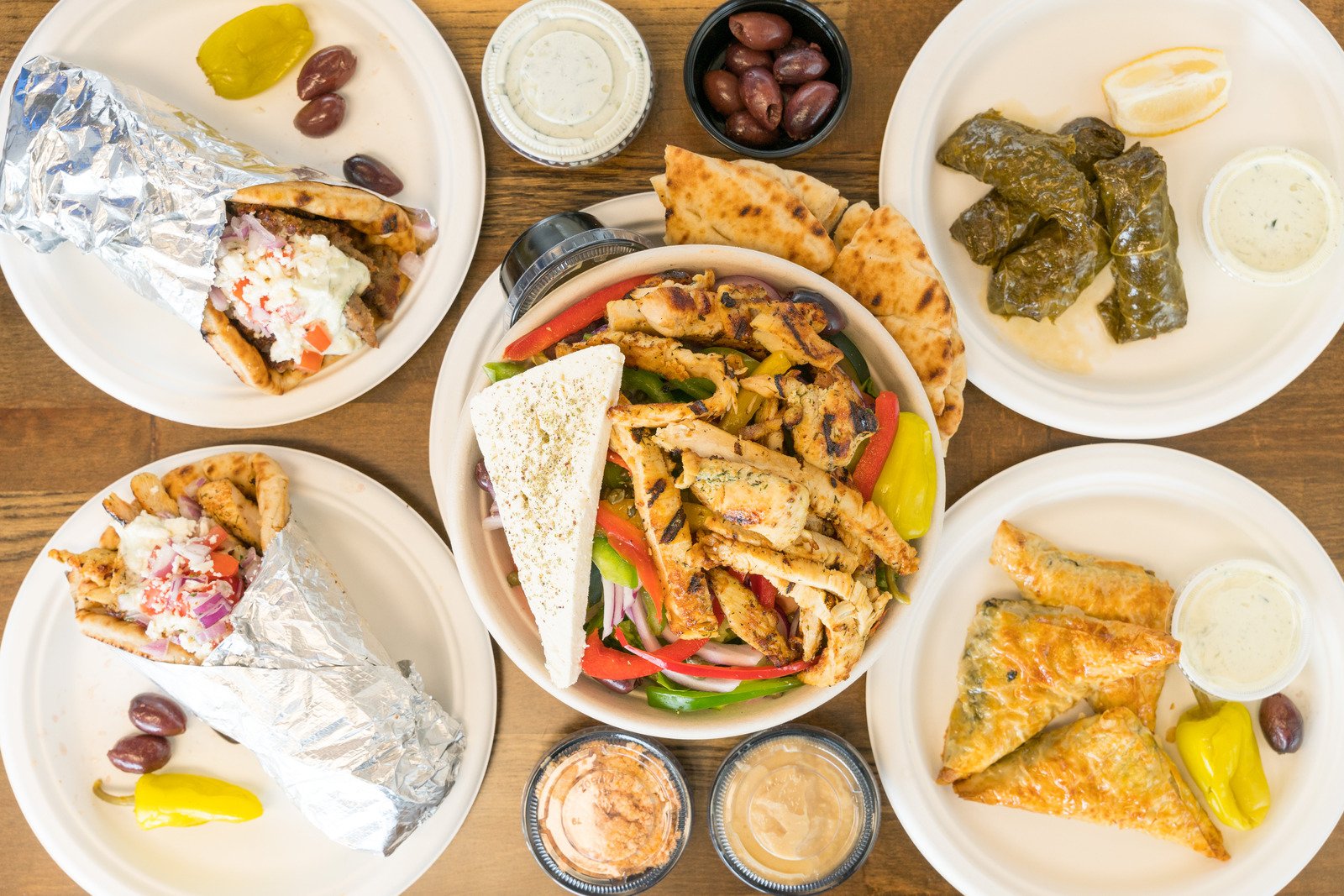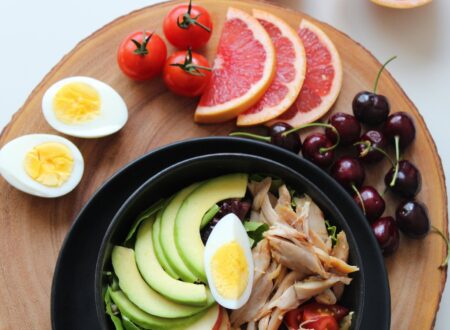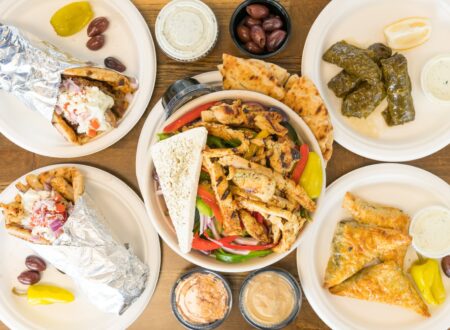Are you tired of standing in front of the fridge at 6 PM, wondering what to make for dinner? Or maybe you’ve found yourself reaching for unhealthy snacks because cooking seems too overwhelming. Meal prepping is here to save the day! This game-changing approach not only helps you eat healthier but also frees up precious time during your busy week.
Imagine opening your fridge and seeing neatly organized meals waiting for you. No more last-minute takeout or unhealthy choices. Just delicious, nutritious food ready to go. Whether you’re a meal prep newbie or looking to streamline your routine, this guide will make it all easy and enjoyable.
Let’s dive into how you can transform mealtime from chaos to calm with simple steps that fit seamlessly into your lifestyle!
Benefits of Meal Prep
Meal prep offers a treasure trove of benefits that can elevate your week. First and foremost, it saves you time. With meals prepped in advance, you can skip the daily cooking grind and focus on what really matters.
Additionally, meal prepping promotes healthier eating habits. When nutritious choices are ready to go, you’re less likely to grab unhealthy snacks or opt for fast food. Planning ahead means you’re more mindful about portion sizes and ingredients.
It also cuts down on food waste. By preparing only what you’ll eat throughout the week, you reduce leftovers that often get tossed out.
Meal prepping brings peace of mind. Knowing that lunch is already sorted eliminates stress during busy days and allows for spontaneous plans without worrying about dinner logistics.
Step-by-Step Guide to Meal Prepping
Start by planning your meals for the week. Choose recipes that are nutritious and satisfying. Think about variety to keep things interesting.
Next, make a detailed grocery list based on your meal choices. Stick to it while shopping to avoid impulse buys. Fresh produce, lean proteins, and whole grains should be staples in your cart.
Once you’re back home, set aside a few hours for prep work. Wash and chop vegetables first; this saves time later when assembling meals.
Cook grains or proteins in bulk—roasting chicken or steaming rice can streamline your process significantly.
As everything cooks, multitask effectively; prepare sauces or dressings during downtime. Once everything is ready, portion out individual servings into containers.
Label each container with the date and contents before storing them in the fridge or freezer for easy access throughout the week.
Finding Recipes and Creating a Grocery List
Finding the right recipes is key to successful meal prep. Start by identifying your dietary preferences and nutritional goals. Whether you’re focusing on protein, fiber, or healthy fats, tailor your meals accordingly.
Explore various resources for inspiration. Websites like Pinterest or food blogs can spark ideas that suit your taste buds. Don’t forget to check out cookbooks too; they often provide tried-and-true options.
Once you have a few recipes in mind, create a grocery list based on their ingredients. Group items by category—produce, grains, proteins—to streamline your shopping trip. This not only saves time but also ensures you don’t overlook anything important.
Consider batch cooking some staple items like quinoa or grilled chicken at the beginning of the week. These versatile components can be mixed and matched throughout different meals for variety without added effort.
Choosing the Right Containers and Storage Tips
Selecting the right containers can make or break your meal prep experience. Look for BPA-free options made from glass, plastic, or stainless steel. Glass is durable and microwave-safe but can be heavy. Plastic containers are lightweight and come in various sizes.
Consider portion control when choosing container sizes. Smaller containers work well for snacks, while larger ones suit full meals. Airtight lids keep food fresh longer, preventing spoilage.
Don’t forget about freezer-friendly options if you plan to store meals for an extended period. Stackable designs save space in your fridge or freezer.
Labeling is essential too. Use a marker or labels to note what’s inside each container and the date it was prepared. This helps avoid mystery meals lurking at the back of your fridge.
Arrange your storage systematically so you can easily grab what you need during busy weekdays without digging through stacks of containers.
Tips for Success and Staying Motivated
Stay organized. Create a dedicated meal prep day on your calendar. This sets a routine and makes it feel like part of your week.
Find inspiration online or in cookbooks. Explore new recipes to keep meals exciting. Variety prevents boredom and keeps you engaged with the process.
Set realistic goals. Start small, perhaps prepping lunches for three days instead of an entire week. Gradually increase as you become more comfortable.
Share your journey with friends or family. Join online forums or social media groups focused on meal prep. Surrounding yourself with supportive people can boost motivation and accountability.
Keep track of what works best for you. Note down successful recipes and any adjustments you’d make next time around.
Celebrate milestones, no matter how small they seem! Acknowledge progress to maintain enthusiasm throughout your meal prep adventure.
Sample Meal Prep Plan for a Week
Creating a sample meal prep plan can simplify your week and enhance your nutrition. Start with breakfast options like overnight oats or egg muffins for quick, healthy mornings.
For lunch, consider grain bowls filled with quinoa, roasted vegetables, and lean protein such as chicken or chickpeas. These can be customized daily to keep things interesting.
Dinners could feature one-pot meals like stir-fried veggies with tofu or baked salmon paired with sweet potatoes. Make extra portions to enjoy leftovers the next day.
Snacks are essential too! Pre-portion nuts or cut-up fruits and veggies for easy grab-and-go options during busy afternoons.
Don’t forget hydration—prepare infused water by adding slices of lemon, cucumber, or berries into jars for refreshing sips throughout the week. This plan helps you stay organized while eating nutritious meals every day without the last-minute rush.
Common Mistakes to Avoid
One common mistake is overcomplicating meals. While variety is essential, trying to prepare intricate dishes can lead to frustration. Stick with simple recipes that are easy to execute.
Another pitfall is neglecting portion control. Overestimating how much you’ll eat can result in wasted food and ingredients. Planning appropriate serving sizes helps reduce waste and keeps your goals on track.
Forgetting about storage can also be an issue. Using the wrong containers may affect freshness or make reheating difficult. Invest in quality glass or BPA-free plastic containers for better results.
Don’t overlook cleaning as you go. A messy kitchen can be discouraging, making meal prep feel like a chore rather than an enjoyable process. Tidying up during preparation saves time and creates a more pleasant cooking environment.
Conclusion
Meal prepping can transform your weekly routine and elevate your eating habits. By dedicating a few hours to prepare meals in advance, you set yourself up for success. You’ll save time during the busy week, enjoy healthier homemade dishes, and reduce food waste.
With the right strategies, like creating a grocery list or selecting appropriate containers for storage, meal prep becomes not only efficient but also enjoyable. A little planning goes a long way—experiment with recipes that excite you and keep things fresh throughout the week.
Remember to stay motivated by reminding yourself of the benefits: better health, more time saved each day, and financial savings from avoiding takeout. Keeping it fun will help maintain your commitment to this new habit.
As you embark on this journey of meal prep mastery, don’t forget that everyone makes mistakes along the way. Learn from them and adapt as needed.
Embrace these practices fully; they might just change how you approach cooking—and living—each week. Happy prepping!





